Lately, several Iranian official news organizations have acknowledged that the People’s Mujahedin of Iran (PMOI / MEK Iran), the country’s major pro-democracy opposition party, is rising in power, which could lead to a boycott of the country’s presidential election. The feeling highlights the theocratic dictatorship’s continued vulnerability, approximately three and a half years after the first of numerous state-wide upheavals that tested the regime’s grasp on power.
After authorities demonstrated their indifference for the Iranian people’s basic welfare by publicly stating gasoline price hikes for an already extremely impoverished population, diverse activism coalesced into a unified uprising in November 2019.
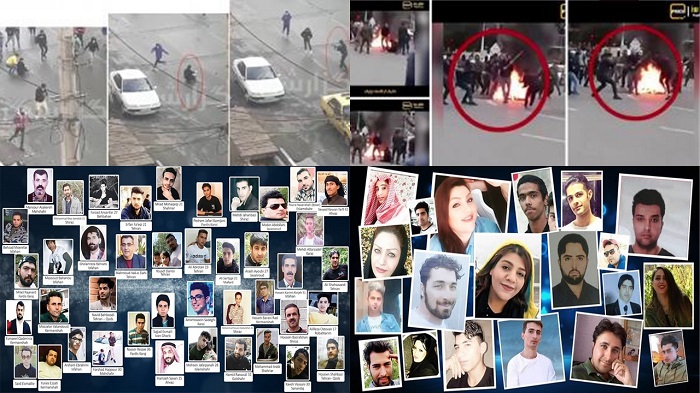
The fundamental protests took hold in approximately 200 cities and towns this time, and participants once again expressed a strong desire for regime change, as well as support for the MEK as the most democratic alternative to the theocratic government.
The uprising in November 2019 was clear evidence of the Resistance movement’s growing strength, but it also demonstrated the regime’s deep concern about the movement. After a year of demonstrations and the failure of a terrorist plot against Iran’s National Council of Resistance of Iran (NCRI), Iranian authorities greatly intensified their political brutality in response to the second uprising in France in June 2018.
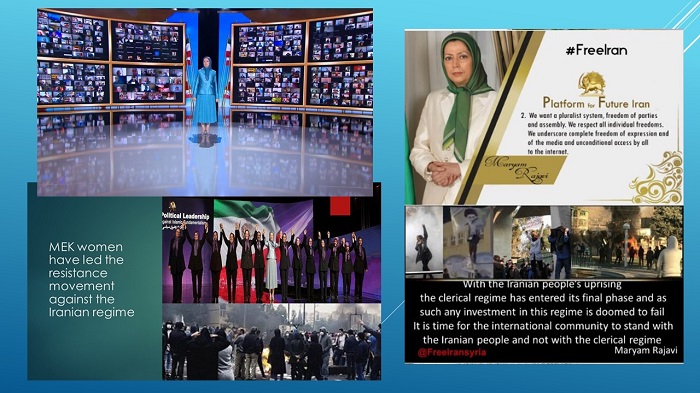
Khamenei instructed security forces to restore order by any means necessary, and the Islamic Revolutionary Guard Corps responded by opening fire on massive gatherings, killing 1,500 people in a couple of days and arresting at least 12,000 activists who were tortured during interrogation.
In some ways, the recent wave of political repression echoed one of the darkest events in contemporary Iranian history: the killing of 30,000 domestic political prisoners in 1988. The massacre was carried out in reaction to Ayatollah Khomeini’s fatwa, which declared the MEK to be God’s enemies and ordered them to be subject to summary execution.
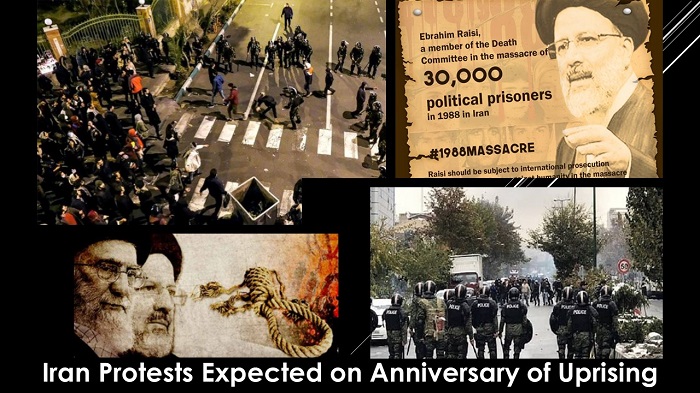
The November 2019 repression brings attention to the massacre’s legacy, especially given that the judiciary was under the control of one of the leading figures in the Tehran “death commission” at the time of the repression, which oversaw the vast majority of the interrogations and mass executions between July and September 1988.
Due to strong support from the supreme leader and the overwhelming dismissal of all other candidates who would have posed a genuine danger to his candidacy, Judiciary Chief Ebrahim Raisi is now regarded as the nearly ensured Iran’s next president.
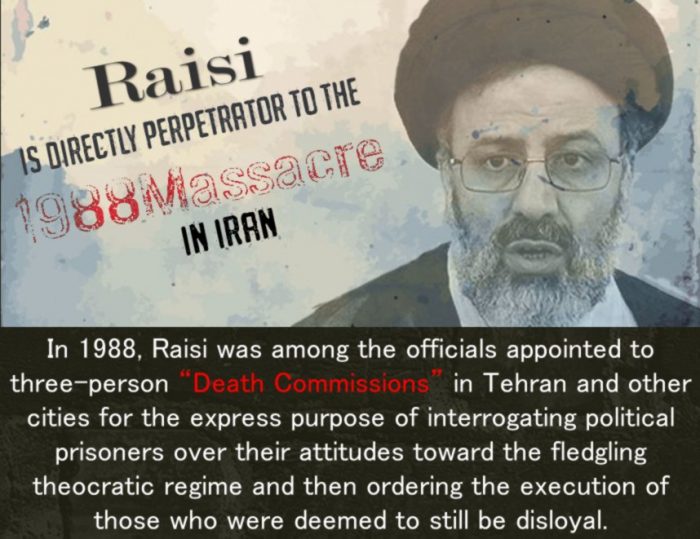
Khamenei’s policy reveals a decision to draw heavily on the regime’s reputation for brutal political repression, as Resistance leaders have revealed in different publications and media appearances leading up to the election.
In doing so, he and Raisi’s other supporters have openly embraced the legacy of the 1988 massacre in a way that has never been done before.

In a May press conference, NCRI Foreign Affairs Committee Chairman Mohammad Mohaddessin forecasted that this is exactly what will happen as a result of the boycott. He predicted that the “looming nationwide uprising” will be “much more intense and widespread than in previous years.”
Even Iranian state-run media now clearly agree with this assertion stating that the MEK has only increased its visibility within Iranian society, resulting in a situation in which more diverse and expansive sections of society are engaged in a joint effort to overthrow the dictatorial regime.
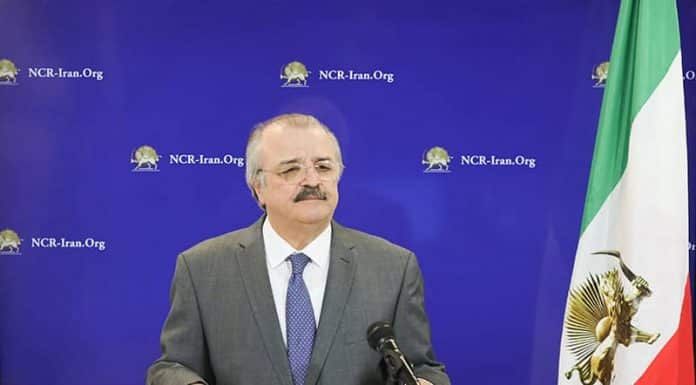
MEK Iran (follow us on Twitter and Facebook)
and People’s Mojahedin Organization of Iran – MEK IRAN – YouTube








